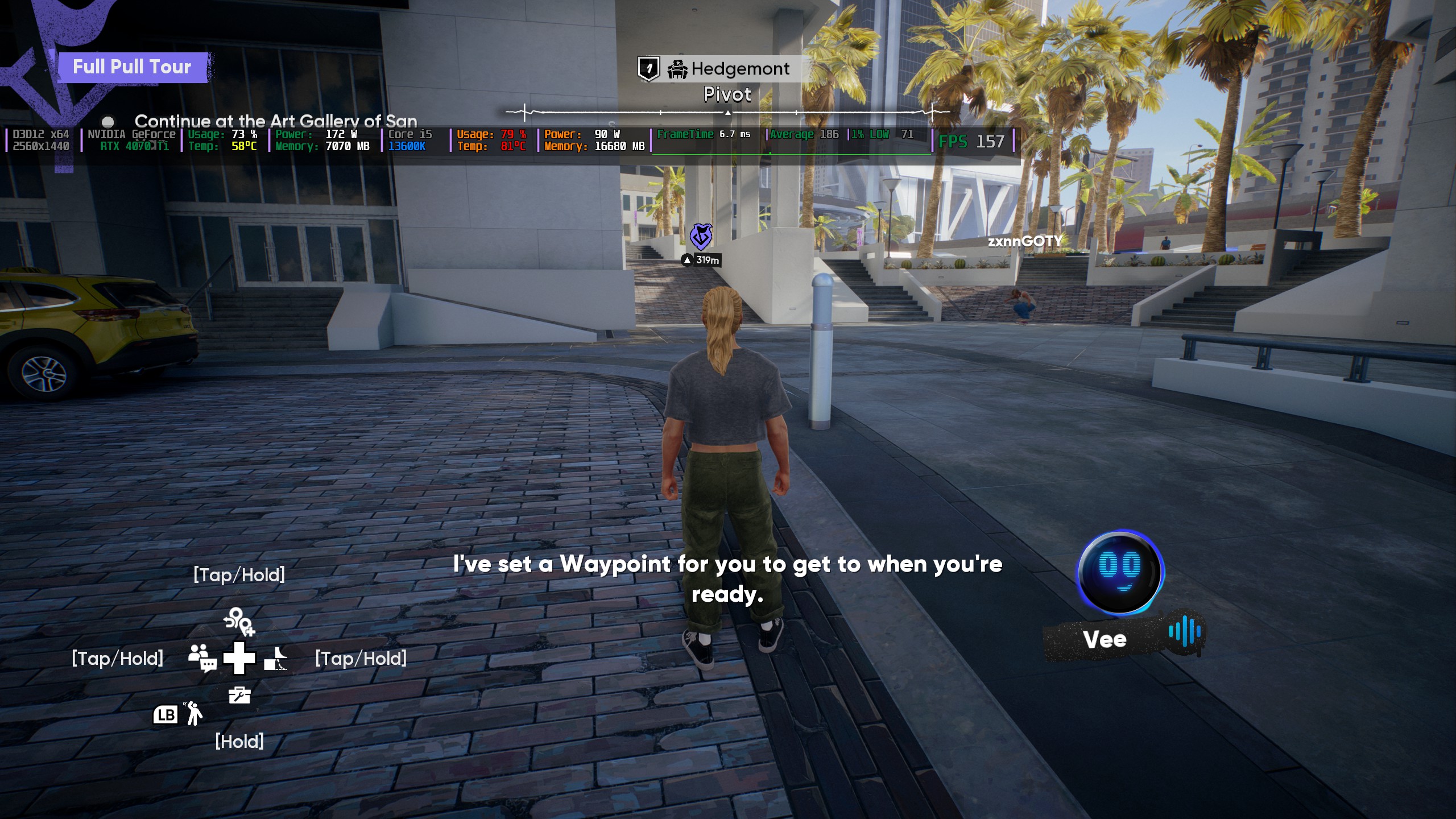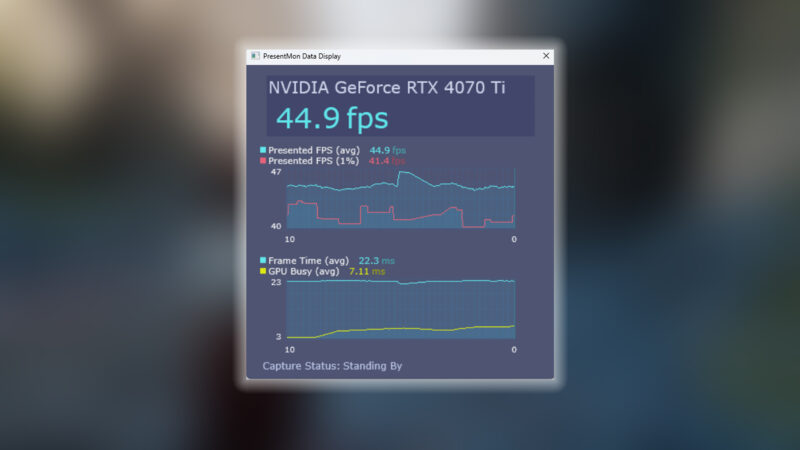Here’s how you can extend your laptop’s battery life while gaming without power and still retain playable FPS.
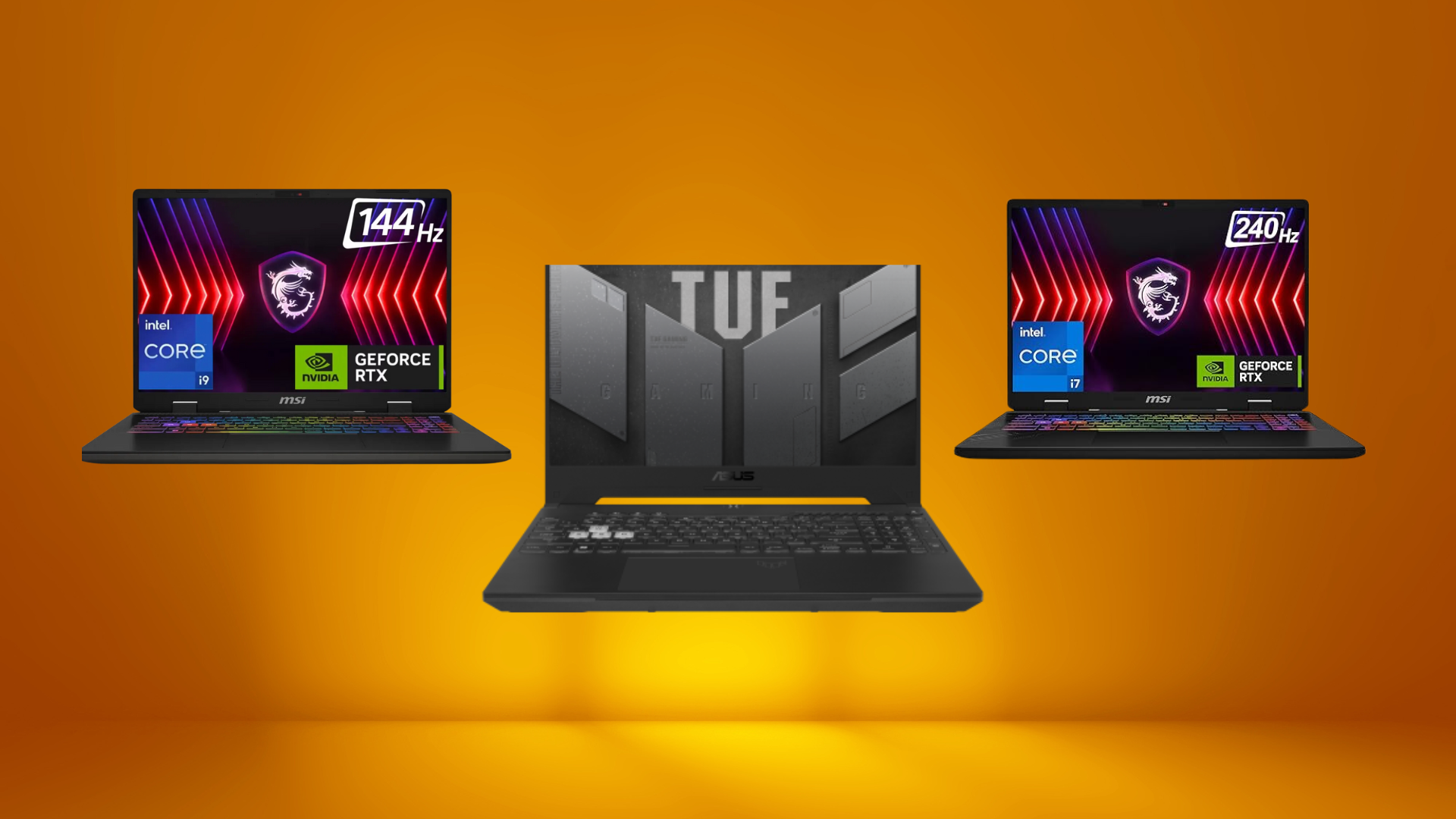
Gaming on a Windows laptop with a battery is hit-or-miss. Realistically, one cannot expect MacBook-like battery performance, but there is still hope. Many gamers cap the frame rate at 30 FPS, lower screen brightness, and even use “PowerSaver” mode to throttle performance. While this approach is technically accurate, it is not ideal in practice. With some proper tweaking, you can game at 50-60 FPS for at least two to three hours unplugged. Let’s dig in.
Note: Gaming laptops usually have at least 55Wh batteries; the larger your battery is, the better this guide and its application will translate for you.
Read More: 5 Best Laptops for Video Editing
1. Undervolt Your CPU and GPU
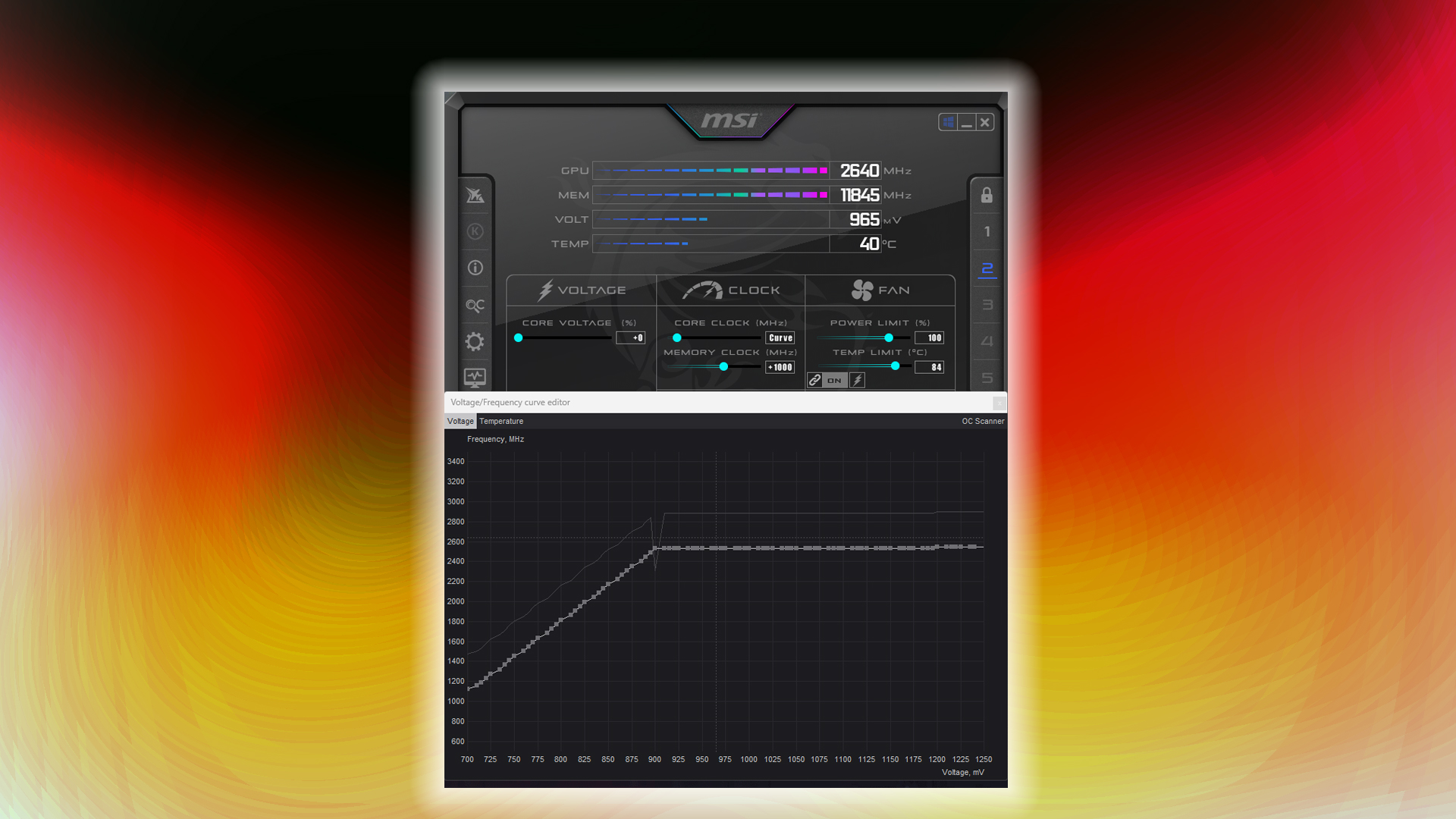
If you plan on gaming on battery and want the best thermals and battery life, undervolting is recommended. You can do this using ThrottleStop for the CPU and MSI Afterburner for the GPU. Depending on your hardware, the undervolting steps will vary.
What undervolting does is reduce the voltage supplied to your CPU and GPU without lowering the clock speeds. The phenomenon also lowers the overall CPU and GPU power draw by about 10-12% while maintaining the same performance. In some cases, especially with AMD CPUs, undervolting can significantly boost performance.
Note: On Intel laptops, undervolting is limited to HX or HK series chips only. Use ThrottleStop if you have an Intel-based model. On AMD, there is no such restriction.
2. Smartly Cap Frame Rate
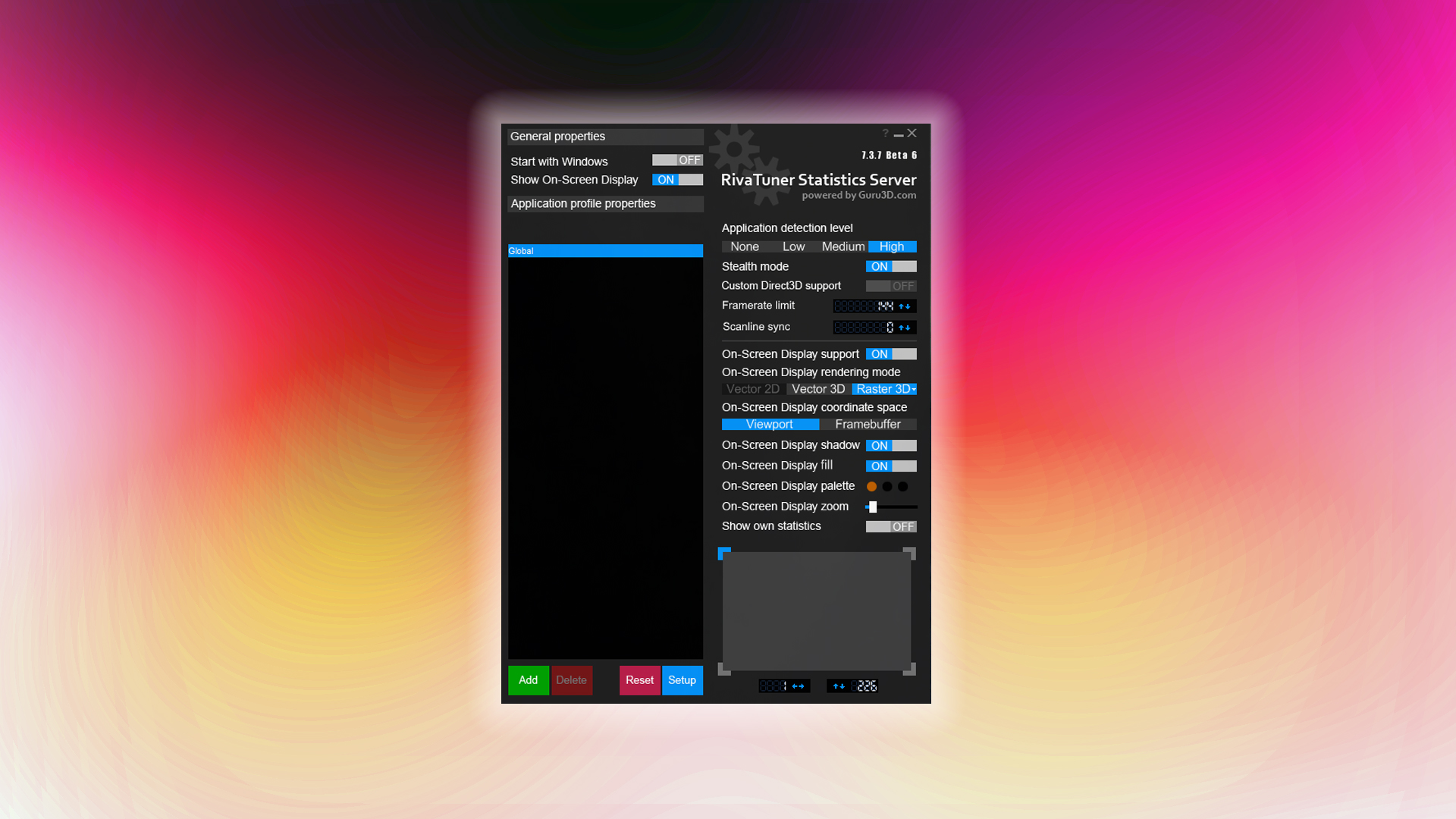
Using RTSS to cap the frame rate at 60 FPS or even 45 FPS will provide a much smoother gameplay experience than relying on technologies like NVIDIA BatteryBoost, which caps the frame rate at 30 FPS.
3. Lower Refresh Rate To 60Hz
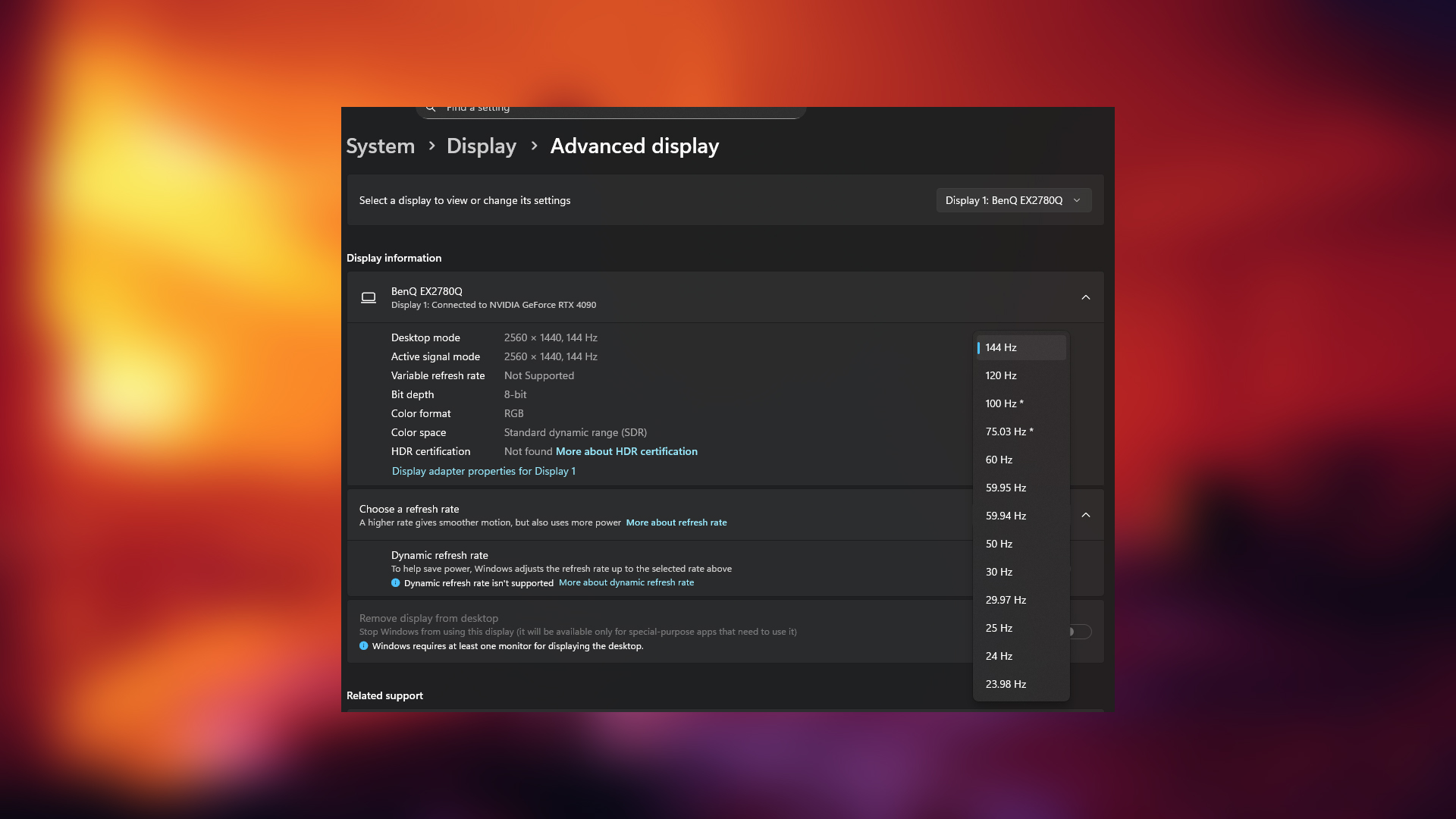
If you have a gaming laptop that supports Adaptive Sync, using frame capping through RTSS and lowering the refresh rate to 60 Hz can extend battery life by around 15-20%. Adaptive Sync is not mandatory, but displays that support it will provide a much smoother experience.
4. Use Hybrid Graphics Mode (Optimus)
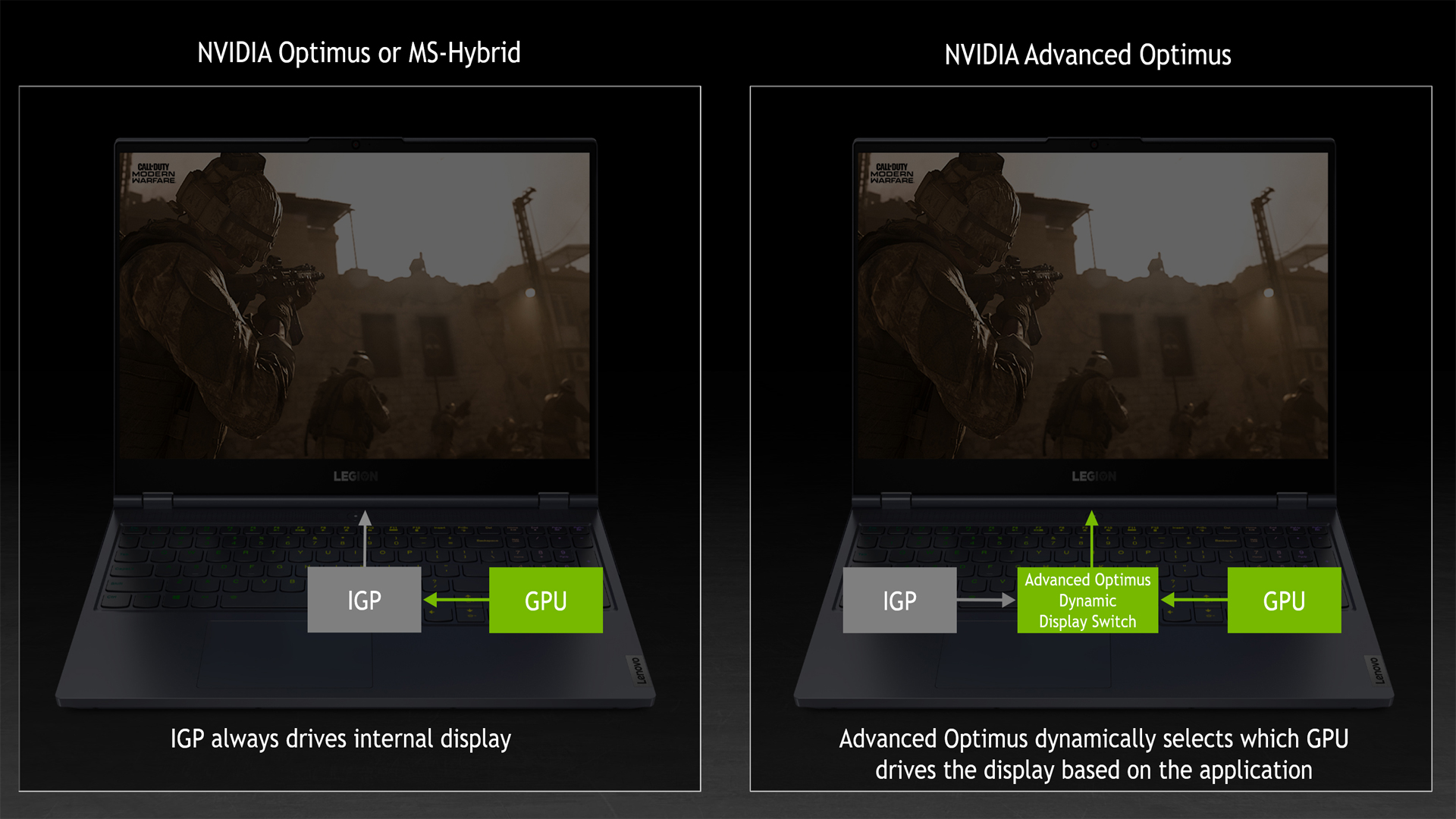
Specifically on NVIDIA laptops, especially modern ones, you have Optimus or Advanced Optimus. This technology allows you to turn off your dedicated graphics entirely for non-gaming tasks. With Advanced Optimus, the system automatically shuts off the dedicated graphics when not in use, whereas with regular Optimus, you have to disable them manually.
5. Create a Custom Battery Power Profile
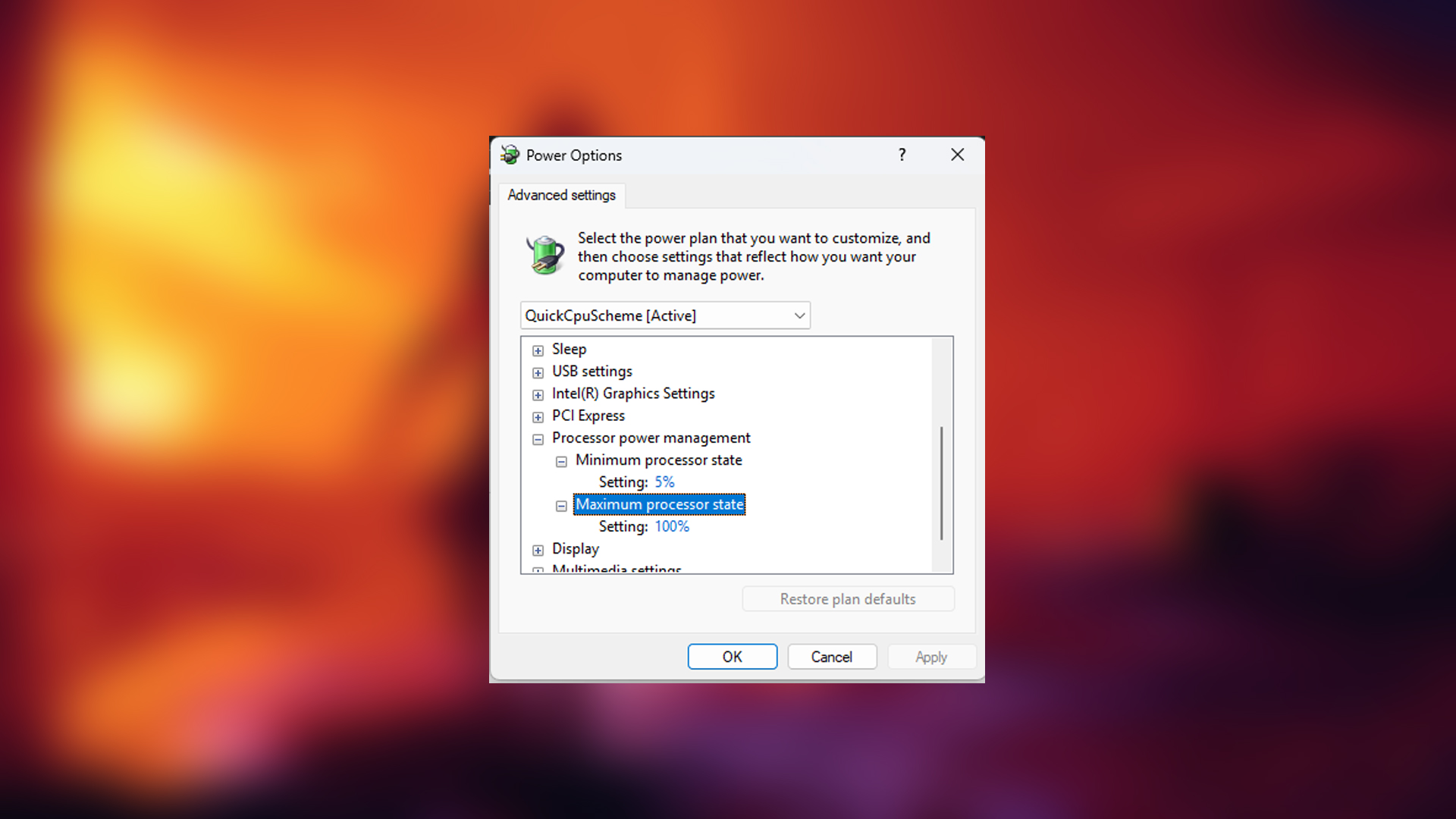
Refrain from using the default Windows Power Saver mode. It is very aggressive in throttling performance, completely turns off turbo boost, and increases input lag. The best way is to download QuickCPU and use its power profiles, or use 1usmus’s power profiles.
Another recommended approach is to manually set the Maximum Processor State to 65% (Power Options), turn off USB selective suspend, and keep Wi-Fi (if you are gaming wirelessly) in maximum performance mode. This approach is much better and ensures consistent frame times without frame pacing issues.
Read More: 5 Best Laptops for Students
We provide the latest news and “How To’s” for Tech content. Meanwhile, you can check out the following articles related to PC GPUs, CPU and GPU comparisons, mobile phones, and more:
- 5 Best Air Coolers for CPUs in 2025
- ASUS TUF Gaming F16 Release Date, Specifications, Price, and More
- iPhone 16e vs iPhone SE (3rd Gen): Which One To Buy in 2025?
- Powerbeats Pro 2 vs AirPods Pro 2: Which One To Get in 2025
- RTX 5070 Ti vs. RTX 4070 Super: Specs, Price and More Compared
- Windows 11: How To Disable Lock Screen Widgets
 Reddit
Reddit
 Email
Email

